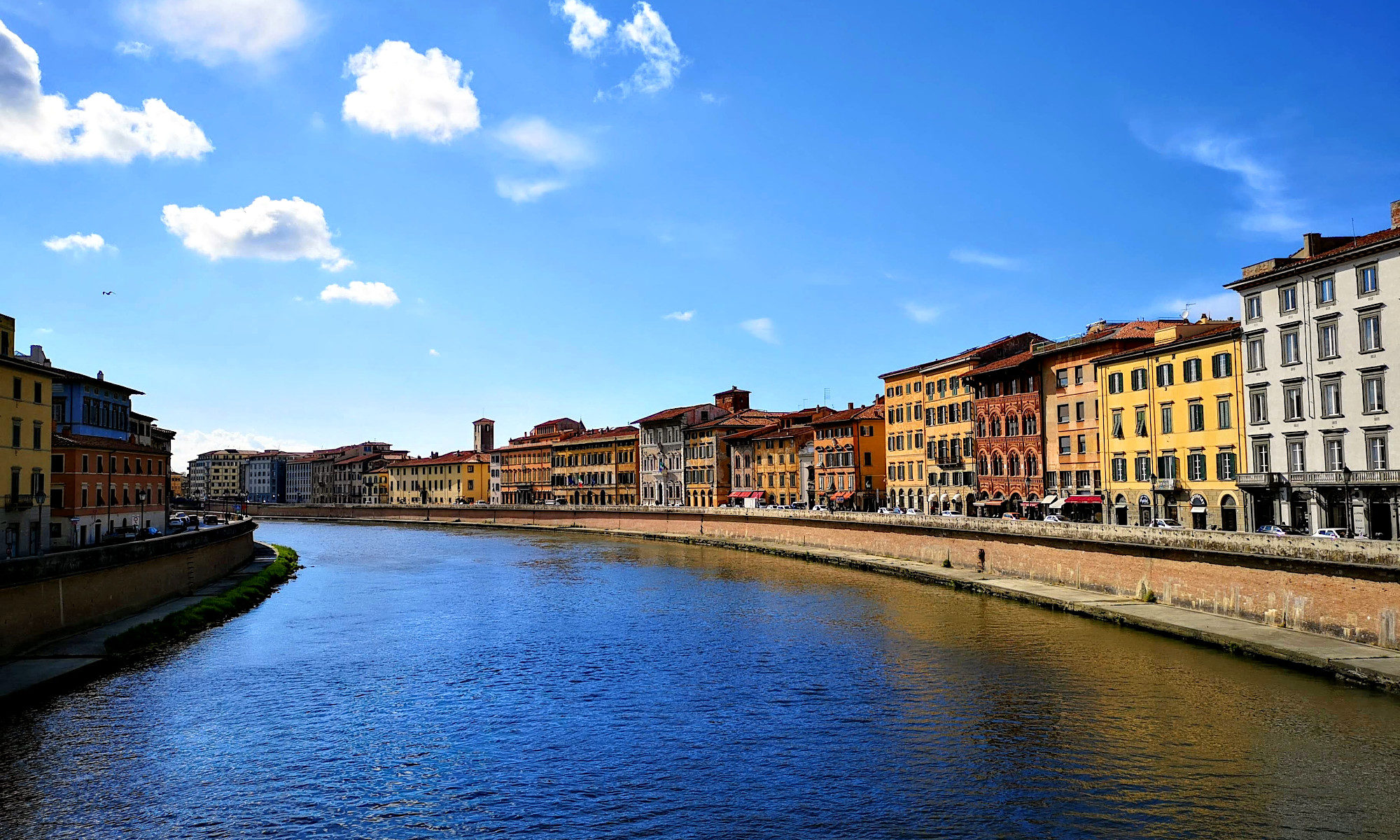
From Sidney Perkowitz at Physics World: “Hydrogen, the simplest atom, is a basic building block of the universe. We know that it existed soon after the universe was born and that it still appears as a large part of the interstellar medium in which stars form. It is also the nuclear fuel that keeps stars radiating immense amounts of energy as they evolve over eons to create the chemical elements. But how did we learn that hydrogen is a widespread and fundamental component of the universe? Not enough people know that the cosmic importance of hydrogen was first grasped by a young PhD student, Cecilia Payne (Payne-Gaposchkin after she married), who in 1925 discovered hydrogen in the stars. Indeed, she earned a PhD at a time when it was still extremely difficult for women to do so.”
How an anonymous Twitter account drove a book onto the bestsellers list

From Danika Ellis at Book Riot: “On Saturday, Twitter user bigolas dickolas wolfwood (@maskofbun) tweeted: read this. DO NOT look up anything about it. just read it. it’s only like 200 pages u can download it on audible it’s only like four hours. do it right now i’m very extremely serious. The follow up tweet says “*grabs you personally by the throat* you will do this. for me. you will go to the counter at barnes and noble. you will buy this. i will be greatly rewarded” This is an account that tweets mostly about the anime Trigun to about 14,000 followers. But within days, this tweet would explode in popularity, now with more than 100,000 likes and 10,000 retweets. As the tweet exploded, so did the book. It rose up the charts on Amazon, becoming the #6 bestselling book overall. It took up three of the top four Sci-Fi Bestseller spots.”
Note: This is a version of my personal newsletter, which I send out via Ghost, the open-source publishing platform. You can see other issues and sign up here.
Continue reading “The woman who found hydrogen in the stars”




















